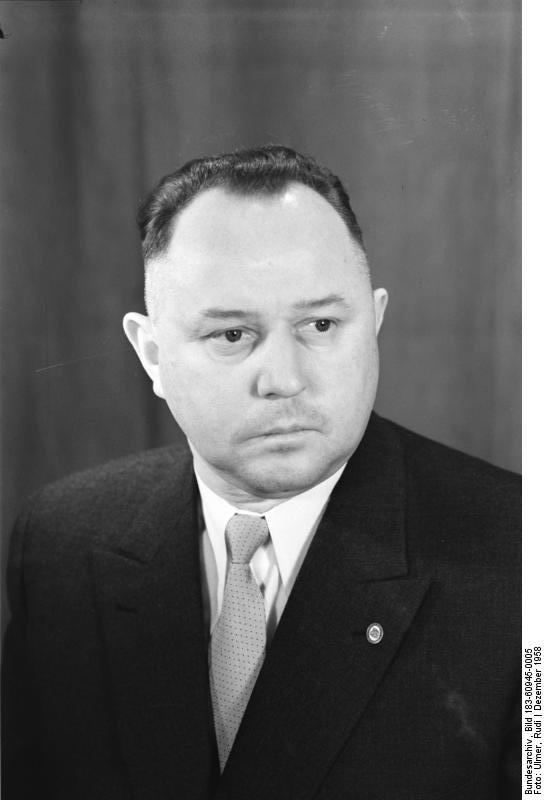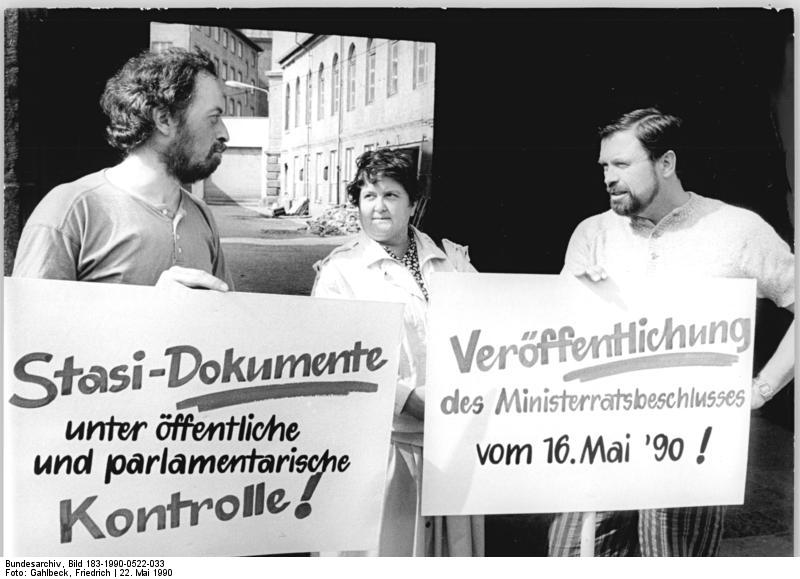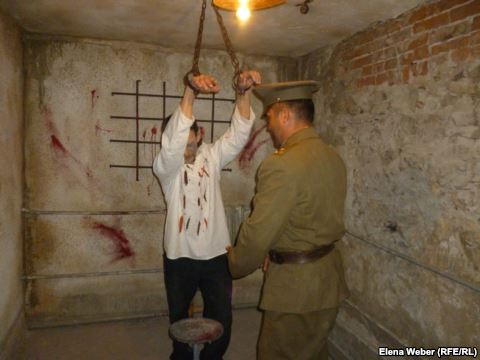The story of Mihail Shipkov is indicative of what happened to many people in communist regimes in the years after World War Two. For his opposition to the government, he was to pay a heavy price – the disturbingly titled “Menticide”. In this article, we conclude the Mihail Shipkov story that was started here and explain American reactions to Menticide.
Richard H. Cummings returns to the site (after the podcast based on his book here) and explains.
Only in the contest of ideas can there be a final victory, which will yield us one world dedicated to peace with freedom.
- Breakdown, April 1950
In April 1950 broadcasting to Bulgaria and other countries behind the Iron Curtain over Radio Free Europe was yet to come. The National Committee for Free Europe (NCFE), reprinted 100,000 copies of the Shipkov story in a 31-page pamphlet in the “public interest” with the long descriptive title Breakdown: how the Communist secret police are able to pry confessions of treason out of men and women who love their country, a story courageously laid bare for the first time in March, 1950.
The first page contained this summary of the pamphlet:
Telling how the Communist secret police are able to pry confessions of treason out of men and women who love their country, a story courageously laid bare for the first time by Michael Shipkov.
The cover of the pamphlet Breakdown.
In an April 25, 1950, cover letter to NCFE members, including future President Dwight D. Eisenhower and future CIA Director Allen Dulles, NCFE President DeWitt C. Poole wrote, “Our Committee III --the Committee on American Contacts -- has prepared ... pamphlets as part of our campaign to reach the American public ... I am sure you will agree that these pamphlets will prove useful in our struggle for victory in the contest of ideas.”
The back cover of the pamphlet told the American public:
The Committee's members are convinced that the danger of the present crisis cannot be exaggerated. Freedom is at stake. At this very moment it is being decided what kind of world our grandchildren are going to live in.
The ultimate decision lies in the contest of ideas. Only a world relieved of totalitarian despotism and held together by the tested ideals of freedom and democracy can live in peace. In the struggle for this consummation the National Committee for Free Europe offers every single citizen the opportunity to throw in his weight.
Allen W. Dulles.
Allen Dulles sent a copy of the NCFE pamphlet to psychiatrist Dr. George Eaton Daniels, M.D., Columbia University, and asked him if he would review it in view of a possible “psychiatric appraisal of the effect of the procedures used by Iron Curtain countries to obtain confessions from their prisoners.”
Dulles followed this up with a telephone conversation with Dr. Daniels, who turned down the appraisal possibility for professional reasons but supplied Dulles with names of other specialists who might be willing to help, including Dr. Iago Galdston.
On April 27, 1950, Daniels sent a note to Dulles, with Galdston’s telephone number and address, and the comment: “As I mentioned, the Academy has a section on Neurology and Psychiatry from which I believe competent neurologists and psychiatrists could be selected for the study which you have in mind.” Dulles made wrote a note for the file on April 28, 1950:
Dr. Daniels, after talking with Dr. Nolan D. C. Lewis, suggested that possibly the New York Academy of Medicine would be the best organ through which to work and that Dr. Galdston at the Academy would be the appropriate man to approach. The New York Academy could, of course, bring in any nation-wide organization that seemed desirable.
Eleanor Roosevelt
Mrs. Eleanor Roosevelt was an ardent supporter of the NCFE and Crusade for Freedom. In 1950 she wrote about this pamphlet in her national syndicated column, My Day, which was published six days a week from 1935 to 1962. In her March 9, 1950, column she wrote:
I am sure many people were very much interested in the account given by Michael Shipkov, a Bulgarian, who explained how it was possible to make individuals confess treason in a Communist-dominated court, regardless of the truth. I am sorry to say that intimidation has been used in practically every country by some of its officials who felt it legitimate because they were trying to obtain some particular kind of testimony. I have heard with concern of methods used occasionally in some of our police courts. None of them, however, seems to have acquired quite the technique that brings about these mass confessions in the Soviet court-rooms. I was sorry this morning to read that Mr. Shipkov had been taken a prisoner and now has confessed to being a spy for the Americans!
In her June 2, 1950 column, she wrote:
A little booklet I have just read, published by The National Committee for Free Europe, Inc., called: "Breakdown"—"The story of Michael Shipkov in the hands of the secret police." This pamphlet will give you a picture of how, under authoritarian regimes, confessions are finally extorted. One shudders to think what horrors confront people where justice no longer exists; where they live under constant espionage and where freedom is something they may once have dreamed of but no longer know as a reality.
It seems impossible for people ever to free themselves under the circumstances described in this pamphlet. Neither is it conceivable for a nation to go forward and develop economically, spiritually or socially under this type of government. Living must become so utterly futile. Even under the lash of fear one must cease to work and produce because life is so completely valueless. No one could want to bring children into a world where people are no longer allowed any personal freedom and must face moral and mental domination.
Dulles and the Shipkov report
On April 10, 1953, Allen Dulles, now CIA Director, made a speech entitled “Brain Warfare,” at the National Alumni Conference of Graduate Council of Princeton University. He referenced the Shipkov case: “The techniques employed in the case of Shipkov were somewhat crude but give the pattern of the later more refined methods.”
Dulles then quoted from the Shipkov report:
Out of the jumbled memories, some impressions stand out vivid. One: they are not over interested in what you tell them. It would appear that the ultimate purpose of this treatment is to break you down completely, and deprive you and any will power or private thought or self-esteem, which they achieve remarkably quickly. And they seem to pursue a classic confession, well round off in the phraseology, explaining why you were induced by environment and education to enter the services of the enemies of Communism, how you placed your capacities in their services, what ultimate goal did you pursue – the overthrow of the people’s government through foreign intervention. And they appear to place importance on the parallel appearance of repentance and self-condemnation that come up with the breaking down of their prisoner.
Quite simply, that explains the terrible menticide.
Did you find this article interesting? If so, tell the world! Tweet about it, share it, or like it by clicking one of the buttons below!
This article is based on a piece that originally appeared on the fascinating site, http://coldwarradios.blogspot.com.
























